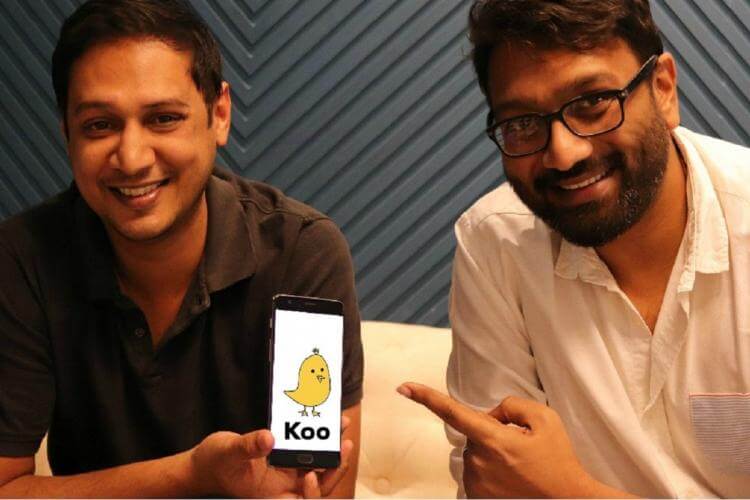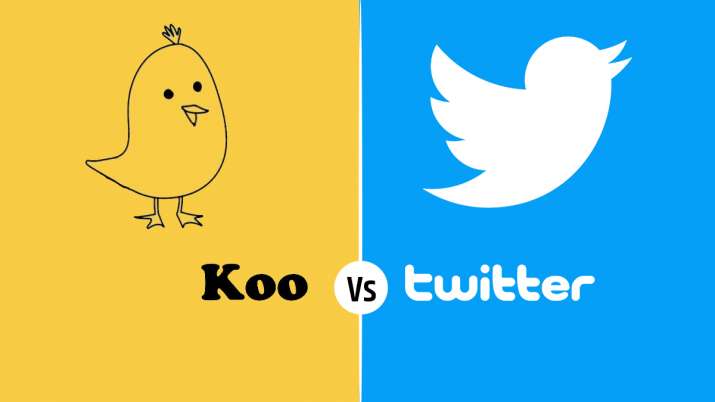With such a large youth population and people with different cultures, backgrounds, thoughts, and opinions, India is more than just a single nation. Every state we go to, every city we visit, we see people expressing their views and thoughts with full liberty, wherein maintaining peace and harmony with the fellow countrymen.
Social media plays an important role in expressing views and reacting to the government’s decisions. Crores of people now use social media in India and express their views, be it be constructive criticism or appreciating one another. As the access to the internet became easy, more people joined the world of social media. In 2020, the number of internet users in India was nearly 696.77 million. It further grew in the year 2021, and now we have 761.29 million internet users! The data is astonishing, isn’t it?
India comes in the second position after China in the number of active internet users. These large figures are only made possible by making the internet cheaper, giving every individual access to whether they be residing in rural or urban areas.
The rise of internet users in the COVID-19 pandemic
The COVID-19 pandemic made all the people stuck in their homes. With the repercussion of the pandemic, several people started relying on social media for their daily dose of news and government instructions. The government announced several lockdowns that made it difficult for the people to travel to their friends and close ones, making the news a little bit strenuous.
Just like a coin has two sides, this side of the story has it too! As knowledge and access to the internet became easy, some people also started to confuse the topics. Thus, some people also started spreading propaganda.

Twitter: The ultimate platform for the latest news and trends
Internet users in India are increasing gradually every year. Thanks to network providers like Jio, Airtel, Vodafone, etc., who provide internet at such nominal rates. Facebook and Instagram remain the top choice for Gen Zs and Millenials to connect to the world and get the latest updates
Twitter is far more responsible than Facebook and Instagram for spreading trends and news. All the politicians and celebrities rely on Twitter for connecting to their fans and interacting with them. The impact of Twitter is so huge that it can change the trends in a matter of a few seconds. For instance, let us talk about the Tesla man, Elon Musk. Musk made a tweet about the DogeCoin, one of the forms of cryptocurrencies. He tweeted, “sometimes it’s about Doge”. This tweet led to such a huge spike in the value of DogeCoin that it reached about 35% more than its 24-hour low.
But it has negatively impacted the people also. For example, the Tool Kit incident from the farmer’s protest. If it weren’t Greta who “accidentally” uploaded it, we would have never know the real faces exposed behind that incident. After that incident, it was all clear who was behind spreading the hate and disturbing the country’s harmony by spreading propaganda.
Twitter has always been biased to the right-wing for expressing their views and opinions. India’s government has also demanded the suspension of a few accounts of people like Tejaswi Yadav, etc., who are responsible for creating riots through their Tweets, but that doesn’t seem to be working.
Thus, the government is encouraging fellow Indians to use a new platform, Koo.
Koo: The best alternative for Twitter
Under the prime minister’s movement of made in India, PM Modi is encouraging India’s youth to use more Indian apps and services. Koo is a similar social media platform as Twitter, where people can interact and connect with people worldwide.
Read more: First Ever Indian Gaming Company “Nazara Technologies” IPO Launching Today
It was created in the year 2020 by MBA graduates Radhakrishna and Bidawakta, who invested in several other companies before Koo. Koo has several advantages over Twitter, like up to 400 characters can be written and is also available in languages like Gujarati, Bengali, and Oriya, which makes it user-friendly. Koo can be easily downloaded from the Playstore and Appstore and can be signed using your phone number and email.

